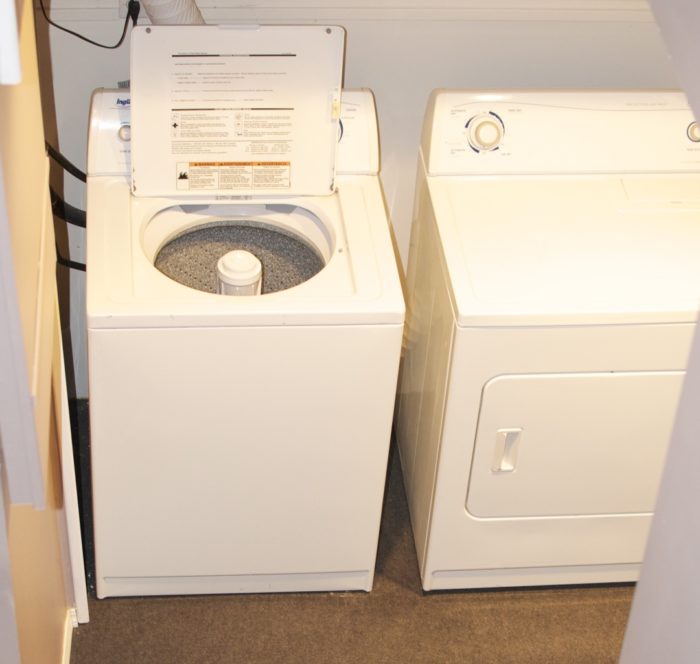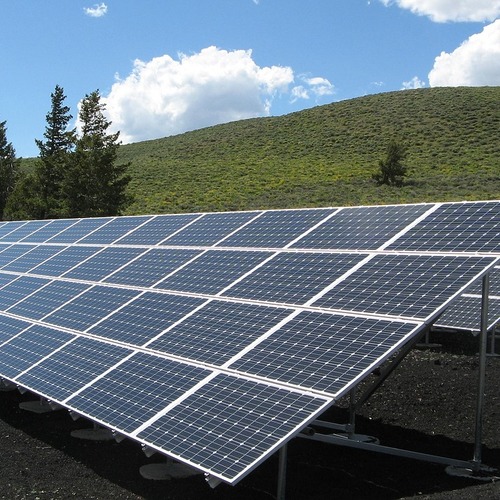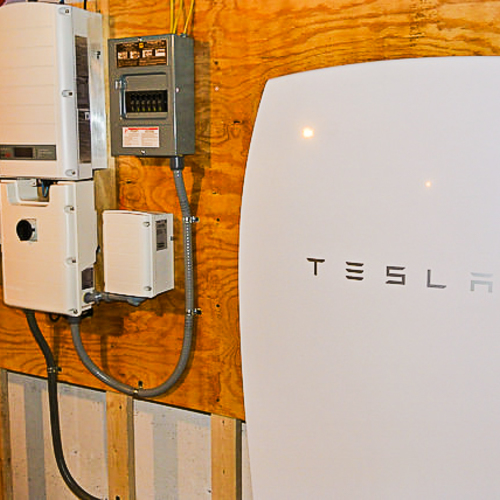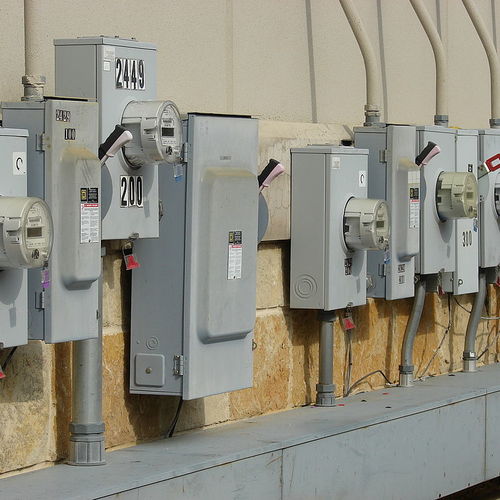
Image Credit: Drregor via Flickr
Xcel’s proposal is an attempt to find out whether a time-of-day rate structure will be any more successful when customers are automatically enrolled rather than simply invited to participate.
According to a report posted at the Energy News Network, the utility had limited success when it offered a time-of-day rate plan for customers in Colorado.
Customers would have paid lower rates for electricity they used in off-peak hours, saving money if they delayed household chores like washing and drying clothes or running the dishwasher by a few hours. Xcel had hoped 44,000 households would sign up, but the plan attracted only 5,000 — a participation rate of about 11%.
This time, the company is planning a different strategy. Instead of making the same “opt-in” offer in the Minneapolis area, the utility is asking regulators for permission to enroll 10,000 customers in two different neighborhoods in a time-of-day rate plan. Customers would be given a chance to opt out of the program if they didn’t want to participate, and the pilot also sets limits on how much a customer’s power bill could rise even if they continued to use the same amount of power during peak times of the day.
But if they planned ahead, customers could save between 10% and 50%, depending on when they used the electricity. Power would cost the most between 3 p.m. and 8 p.m., when demands on the grid are typically at their highest, and the least between midnight and 6 a.m. A third rate would apply for electricity used during the rest of the day.
The Minnesota Public Utilities Commission is to rule on the plan by June.
Xcel spokesman Randy Fordice said that in addition to enrolling the 10,000 homes in the program, another 7,500 households in the area would be kept on their current rate plan as a control group.
“We are working closely with customers and informing all participants about the program, including how they can opt out if they choose to do so,” he said in an email. “We believe managing the project this way will give us a significant samples size, better data, and make it more cost-effective to administer.”
Getting a bigger customer sample
Opt-in rate plans — in which customers can take advantage of off-peak pricing only if they sign up for it — attract people who carefully watch how much they spend for energy. But so called “opt out” plans “capture all of your customer base, not just those excited and who are first adopters,” consultant Lon Huber told Energy News.
Xcel’s proposed pilot would test the plan in two different neighborhoods. One is Eden Prairie, an area of upscale single-family homes, and the other is a dense section of Minneapolis with multifamily houses and smaller single-family homes.
Bill increases for most enrolled customers who did nothing to change their behavior would be limited to 2%. And the money that Xcel would have used to coax customers to try an “opt in” rate plan will be used instead to educate customers about how time-of-day pricing works.
Theoretically, time-of-day (also called time-of-use) rates are attractive to both the consumer and the utility. The consumer saves money by making relatively simple adjustments in household habits. Instead of running the dishwasher after supper, for example, the family can use a start delay feature that comes on most machines. The dishes still get clean.
Smoothing out peaks in power consumption also holds many advantages for utilities, including easing strain on the grid and reducing the need for peaker plants that are put on line only at times of very high demand. Time-of-day rates also can help utilities use wind-generated power more efficiently by shifting some consumption to nighttime hours when demand is typically very low.
Xcel Energy operates in eight states, from Texas to Michigan, and says that wind energy now makes up nearly 20% of the electricity it sells. It plans to add nearly 3,700 megawatts of wind capacity to its existing network.
A spokesman for the Edison Electric Institute, a trade group representing investor-owned utilities in the U.S., said that voluntary time-of-use (TOU) rates are available in almost every state in the country. But it’s apparently much more unusual for utilities to have mandatory programs similar to the one Xcel Energy is proposing. A spokesman said Arizona Public Service and some California utilities were moving toward TOU rates, but didn’t offer details.
Weekly Newsletter
Get building science and energy efficiency advice, plus special offers, in your inbox.















3 Comments
What time it is is not a
What time it is is not a reliable predictor of the utilities current wholesale cost or environmental damage. Let's go straight to a system where that data is incorporated at the consumer level.
For example, 10:00 AM on sunny, windy day might be a great time to do laundry. But the next day's cloudy, windless morning might be 100% from coal.
Except that... @ Jon R
... no part of Xcel's service area is EVER 100% coal.
("But the next day's cloudy, windless morning might be 100% from coal.")
But I agree that time of use rates are far less reflective of the spot market wholesale price and environmental damage than they used to be, and it's only going to be less so going forward. Dynamic pricing &/or smart loads for less time sensitive uses such as water heating or car charging controlled by the utility or a distributed resource aggregator would do a much better job of optimizing the value and use of variable output non-dispatchable generators.
Negative spot market pricing during windy nights is a feature in the parts of Xcel's service territory that already has a lot of wind power built out and that will become even more common, even with opt-out time of use rates.
TOU is so last century
It was a generic comment, not limited to any service area.
Utility or aggregator remote control is fine - if they provide lots of flexibility to specify constraints. For example, normally charging the car any time before 7AM is fine - but on Thursdays I need it charged by 5 AM.
Log in or create an account to post a comment.
Sign up Log in